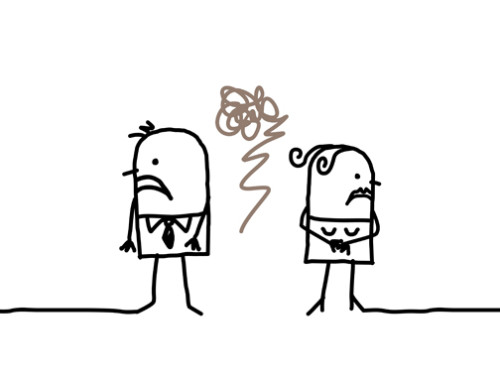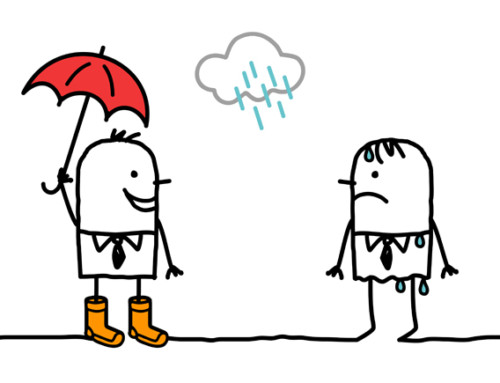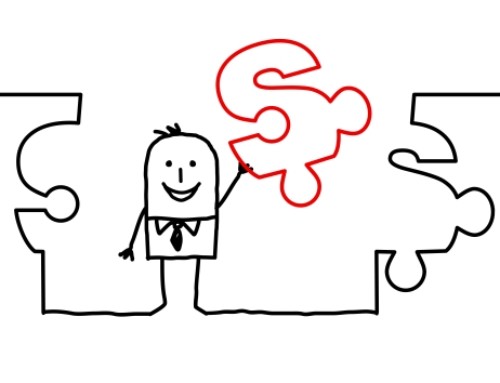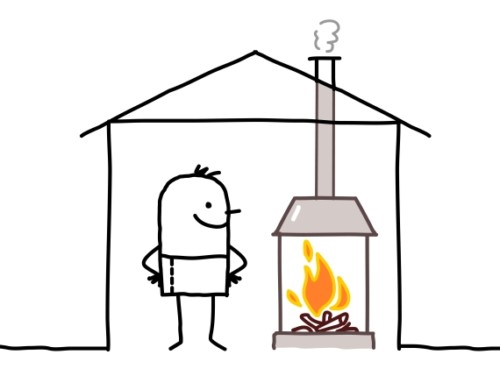In this article, I discuss the importance of having a good fit between client and therapist to client success including the two key aspects of client-therapist fit.
Having a good fit with someone is important to the success of relationships in both professional and personal contexts. There are certain people with whom we mesh well in terms of getting along and others with whom we don’t. Those with whom we have a good fit are typically the people who we choose to spend the most time around in social interaction and work endeavours. In short, having a good fit with each other makes for more enjoyable interaction which bodes well for having a successful relationship whether it be at or away from work.
Not surprisingly, having a good fit in the client-therapist relationship plays a critical role in the success of the client in addressing their issues. Research consistently shows that the quality of the relationship between the therapist and client is one of the primary predictors of client progress in counselling. Therefore, it is important for both the client and therapist to determine whether this goodness-of-fit is present between them and to act accordingly if it is not present. This can include taking steps to try to achieve a good fit or to refer the client to a different therapist with whom there is a better chance of having a good fit. In the following section, I will discuss the two key aspects of client-therapist fit to assess, namely (1) Personal fit; (2) Fit of approach and methods.
Personal fit: Do my therapist and I like, respect and get along with each other?
Personal fit refers to whether you and your therapist like, respect and get along with each other. Not surprisingly, it is much easier to work with someone toward a goal if mutual liking and respect are present. Although most therapists make efforts to cultivate mutual liking and respect with all their clients, in some instances there may still be an absence of mutual liking and respect despite these efforts. The reason is that there are many factors which affect whether we like a person which can be outside that person’s control.
For example, you may not like the sound of your therapist’s voice or the way they talk, walk or look even though most people may not find anything wrong with these features of this person. Some clients react negatively to therapists based on the therapist’s age or gender. On some occasions, the client reacts negatively to their therapist because their therapist has characteristics similar to those of someone from their past who affected them negatively. Sometimes the therapist and client have interests in common such as sports or music. Having a good fit between therapist and client is easier in these instances than in those in which, through the luck of the draw, they don’t happen to have shared interests.
In short, sometimes a therapist and client are a good personal fit for each other and at other times they are, to use a line from an episode of my favourite television program, like “Carnegie Hall and Nashville–they don’t mix”. If the personal fit between you and your therapist is lacking to the point that mutual liking and respect are absent, it may be worth considering switching to another therapist with whom you have a chance of having a better fit.
‘Approach and methods’ fit: Is the approach my therapist uses a fit for me?
Different therapists have different approaches and methods to help their clients address their issues. Clients often differ in their preferences for particular approaches. That is, one client may like a particular approach and a second client may not like that approach. Therefore, an important factor in achieving success in therapy is finding an approach which is a fit for you.
Examples of approaches include the widely used and research-based approach known as cognitive behavioural therapy (CBT). I specialize in this approach as indicated by my certification with the Academy of Cognitive Therapy (ACT). CBT is a collaborative, structured and goal-oriented approach in which clients learn skills to change their thinking and behaviour to address their issues. Solution-focused therapy is another widely used approach in which clients are guided to find their own solutions to their problems. There are many other approaches to help clients address their issues—too many to describe in this article–which use different methods compared with the approaches I’ve mentioned. So if the approach and methods used by your therapist do not fit for you, there is likely another therapist with a different approach which will be a better fit for you.
How to determine whether a particular therapist is a good fit for you
One reliable method to determine whether a particular therapist is a good fit for you is trial-and-error in which you work with a therapist for one or more sessions to see if there is a good fit. If there is a good fit, then you’re on your way, so to speak. On the other hand, if personal fit and approach/methods fit are still lacking after these sessions, this suggests that switching to a different therapist is in order. Although using trial-and-error to determine whether you and your therapist are a good fit is a method which should ultimately lead you to a therapist with whom you have a good fit, its downside is that it can be time-consuming and expensive to have sessions with one or more therapists with whom you don’t have a fit on your way to finding the right one.
Fortunately, there are ways to find a therapist who will be a good fit for you which are less time-consuming and expensive. One such way is to do internet research. The vast majority of therapists these days have websites from which you can get insights into their approach and methods so that you can determine whether their approach would be a good fit for you. Many therapists also provide information regarding their background and interests. This can help you determine whether there would likely be a good personal fit between you and the particular therapist. For example, if you read on a therapist’s website that they have interests which match yours, this could bode well for your getting along well from a personal fit perspective.
A second low-cost and time-efficient way to determine fit with a therapist is to take advantage of the ‘meet and greet’ initial free consultations which many therapists offer. I offer initial free consultations in my work as a Calgary psychologist and a Cochrane psychologist because I have found them to be helpful to people who are ‘shopping around’ for a therapist. Potential clients can use the consultation to ask the therapist questions about their approach to determine whether it would be a good fit for them. A consultation also allows enough interaction for the potential client to form an initial impression of the therapist which can suggest whether there would be a good personal fit.
Lack of fit: It’s not a negative reflection on the client or the therapist
One statement I heard many years ago still rings true today: No therapist can have success with every client they encounter. The reason is that no therapist, no matter how skilled and likeable they are, will fit with every client they encounter from both a personal and methods point of view. In the course of my career, I’ve encountered some clients with whom the fit is like a glove and I’ve encountered others with whom the mix is like Carnegie Hall and Nashville.
When I encounter clients or potential clients with whom there is clearly a lack of fit, I do not view it as a negative reflection on either the client or me. Instead, I see it as an indication that this individual should be matched with a therapist with whom they have a better fit. If this situation arises, I will often a recommend a specific therapist if I know one who will be a better fit for the individual. In turn, if you are a potential client seeking therapy I believe that adopting the ‘it’s not a negative reflection on either of us’ view will make it easier for you to patiently take the steps toward finding a therapist with whom you have a good fit.
May you find a therapist with whom you have a good fit,
-Dr. Pat









Leave A Comment